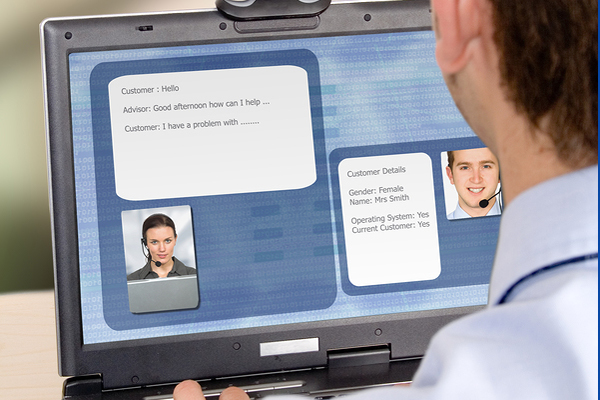There are many people who believe that the traditional call centre will have some serious competition from online facilities at some stage in the future. Nobody can name a year or date when such a revolution will appear, but many say that it is on the horizon.
One thing we can be sure of is that there are businesses, including software companies, marketing groups and manufacturers themselves are spending time and money in finding the best way to communicate with their customers. They want to be able to deal with their present customers and of course they want to be able to find new ones.
At present the call centre could be described as being in the centre of all of this. There has never been a more productive or popular time for the facilities and services provided by call centres. They are in demand both in their own right and from companies which look to outsource this particular service. But that doesn’t tell us about the future.
Let us divide customers or clients into two categories:
- People who have purchased something and want support.
- People who haven’t purchased anything.
There is an obvious distinction between these two groups. While people who have purchased something are also eligible to enter the second category, that is they could buy something else, it is usual for people who have purchased something to contact the call centre, whereas a call centre is far more likely to contact someone who hasn’t purchased something.
If we take the first category of people who have purchased something and want some form of support or an explanation, they are the people who are most likely to contact the call centre for advice. This is one area where many people believe the role of the call centre may start to change, as studies show that people are tending more to contact the website of the manufacturer or retailer directly to seek answers to their questions and are then and only then likely to contact a call centre.
As for the people in the second category, anyone who does not have a quality spam filter on a digital device will know about being contacted by marketing groups, retailers and the like regarding their products or services. This is the digital form of the call centre, and is becoming more and more widespread as a way of promoting companies. But while it may have some advantages for those promoting some types of services, it can be more irritating for the consumer, as they are bombarded with online adverts and the like. There is also little chance for the company to receive any direct feedback on their methods, as it is a one way process. So the human contact via a call centre continues to be a popular and successful option, as it is a more personal way to communicate and also serves as a feedback process for the company.
As more people these days are spending time in front of computer screens and handheld devices, online services such as messenger services that offer support via an online instant live chat service, still require the same type of set up as a call centre. Such services are convenient for sure, but in this day and age, when we seem to be dealing with machines more and more, nothing can beat the personal interaction with an actual person.
As technology and customer habits change, whichever option thrives depends as always on one important factor. If the customer service is first class then customer is happy, and a happy customer equals good word of mouth advertising and a prosperous future for the provider.













